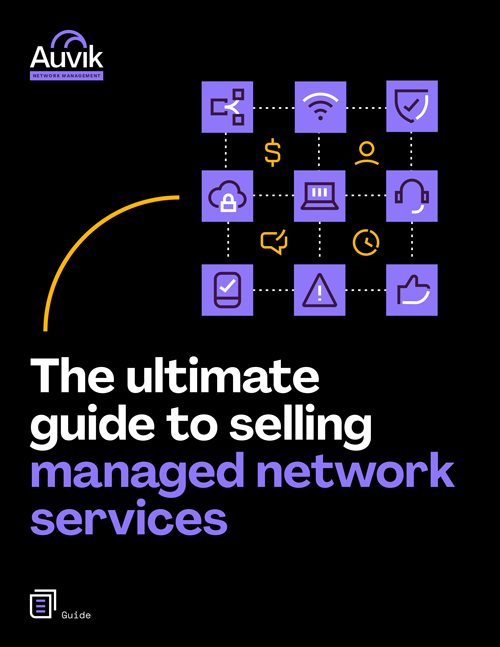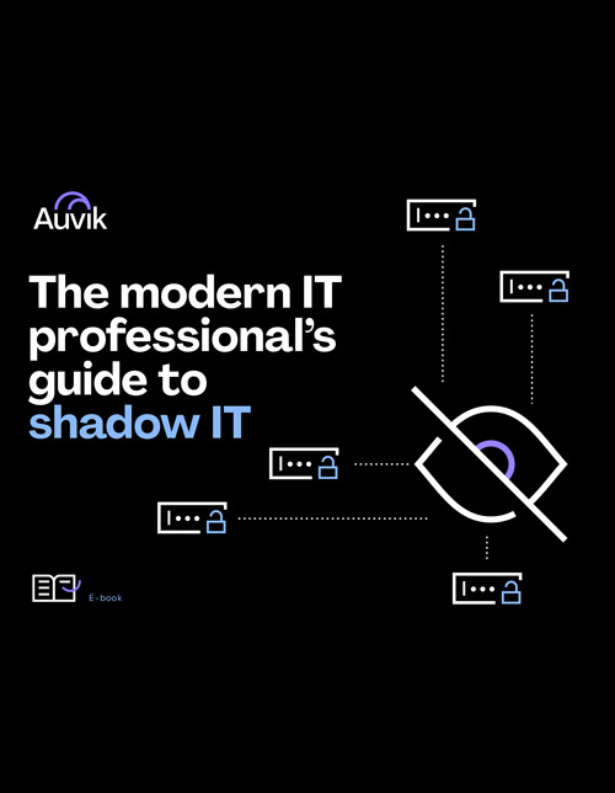What tools make your work as a network administrator faster, easier, or more enjoyable? That’s the question Auvik is asking network admins, architects, consultants, and managers across in the land in our blog post series, My Favorite Network Tools.

Name: René Molenaar
Title: Network Trainer / Consultant
Location: Tilburg, The Netherlands
Certifications: CCIE R&S #41726, CCNP Security, CCNP-Wireless, CCDA, MCSE, CWNP
About Rene
René is the creator of GNS3Vault.com and NetworkLessons.com where he shares his knowledge on Cisco routing and switching, wireless, and security. He also enjoys teaching these topics in the classroom or solving problems in the field. You’ll find him on Twitter at @NetworkLessons.
René’s Favorite Network Tools
The last couple of years I spent most of my time teaching networking topics so I’ll focus on tools that made my life and those of my students easier and better.
GNS3
GNS3 allows you to emulate Cisco IOS routers (and switches since version 1.x) so it’s really easy to get some hands-on practice without any hardware. I use my rack with real hardware most of the time but when I want to test something quickly, GNS3 is great because I don’t have to switch on the power and wait for my equipment to boot.
Your Guide to Selling Managed Network Services
Get templates for network assessment reports, presentations, pricing & more—designed just for MSPs.

Wireshark
Wireshark is probably one of the most popular networking tools. I use it often to explain networking protocols to students as it allows you to see packets. It’s easy to use and its filters are great when you have to troubleshoot something.
Python
I love Python! It’s a programming language that lets you create simple scripts or really complex programs. There are many networking libraries that allow your programs to use things like Telnet, SSH, SNMP, FTP, and NMap. Want a script that fetches IP addresses from a protected site, creates an access list, uploads it to a Cisco router through SSH, and reports through SNMP, syslog, and email? It’s easy as “py” with Python. With SDN growing in importance, programming with Python might be a great skill for network engineers to have.
Linux Mint (MATE)
I prefer Linux on my workstation but I don’t like fancy GUIs with too many bells and whistles. Under the hood, Linux Mint is basically Ubuntu but uses MATE as its desktop environment. It’s clean, simple, and fast. If you want a nice addition, use DockbarX to launch your applications.
Kali
If you enjoy security, you should definitely play with Kali (previously called Backtrack). This Linux distribution has all the latest security tools and scripts. Personally, I like to use it for teaching wireless security. Put Kali on a bootable USB stick, connect a supported wireless network card, and you’re ready to go. It saves you the hassle of installing (or compiling) tools by yourself.
Evernote
I like to keep myself organized and Evernote is great for creating and synchronizing notes on all my devices from my smartphone and tablet to my desktop.
XMind
When you study a new networking topic, you learn a lot of different things. Making notes helps but I believe mind mapping works even better. It allows you to create structure in your notes instead of just “blasting” everything on paper. XMind is a nice mind-mapping tool and it’s free.
What about you? Do you use any of these? What are your favorite network tools? Leave a comment and let us know.





